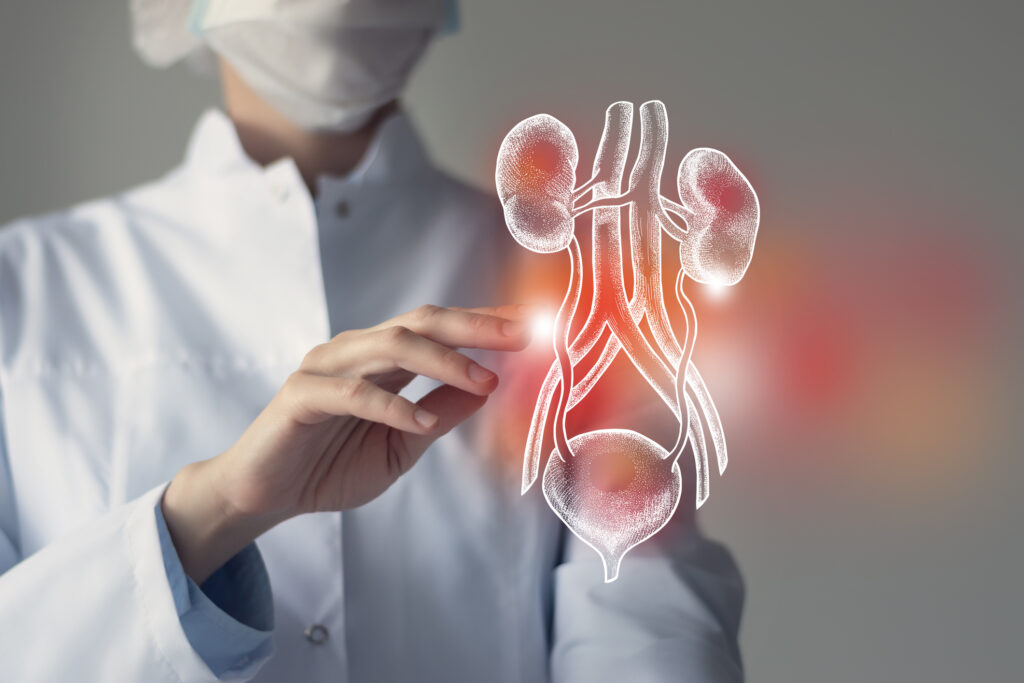Causes and Treatments of Hernias

What Is a Hernia?
Hernias, a condition in which an internal body part pushes through a weakness in the muscle or surrounding tissue wall, is more common than you might think. They typically occur in the abdomen or groin areas and range from benign to severely discomforting.
This condition often presents as a visible bulge, which can be more pronounced when straining or lifting heavy objects. While hernias are not initially life-threatening, they do not improve without treatment and can lead to serious complications if left unaddressed.
Myth: Hernias only affect men.
Fact: While certain types of hernias, like inguinal hernias, are more common in men, women can also suffer from hernias, including umbilical, femoral, and incisional hernias.
What Are Some Common Hernia Locations?
Hernias can occur in various body parts, with some locations being more prevalent than others. The most common types include:
- Inguinal Hernias: These are the most common, making up about 70% of all hernia cases. They occur in the groin area when the intestines push through a weak spot in the lower abdominal wall.
- Hiatal Hernias: This type happens when part of the stomach protrudes up through the diaphragm into the chest cavity, often causing gastroesophageal reflux.
- Umbilical Hernias: Often seen in newborns and sometimes in obese or pregnant women, these hernias are centered around the belly button, where the abdominal wall is naturally weaker.
- Incisional Hernias: These occur due to a previous abdominal surgery, where the intestine pushes through the scar or the surrounding weakened tissue.
Causes of Hernias
Myth: Only heavy lifting causes hernias.
Fact: Heavy lifting can indeed contribute to the development of hernias, but they can also occur due to other factors such as chronic coughing, obesity, pregnancy, or even genetically weak abdominal walls.
Hernias often result from a combination of muscle weakness and strain. The weakness can occur at birth or develop over time due to aging, chronic coughing, or damage from injury or surgery.
Strains, on the other hand, might arise from lifting heavy objects, constipation, and the associated straining during bowel movements, pregnancy, which puts pressure on the abdomen, or sudden weight gain.
Notably, some individuals may not have any identifiable cause for their hernia, indicating the complexity of this medical condition.
What Are Hernia Symptoms?
The symptoms of hernias can vary significantly depending on their location and severity. Common signs include a noticeable bulge in the abdomen or groin area, which may become more apparent when standing, straining, or lifting heavy objects. Pain, discomfort, or heaviness around the bulge may also be present.
Hiatal hernias might cause heartburn, difficulty swallowing, or chest pain. However, some hernias can be asymptomatic and only detected during a medical examination for an unrelated issue.
How Is a Hernia Diagnosed?
Diagnosing a hernia typically involves a physical examination. A healthcare provider may look for a bulge in the affected area that increases in size when you stand, cough, or strain.
For inguinal or incisional hernias, this method is often straightforward. In cases where the diagnosis is less clear, such as with hiatal hernias, imaging tests like X-rays, MRIs, or CT scans may be employed to visualize the internal structure.
Umbilical hernias are typically diagnosed through a physical examination. A healthcare provider may notice a bulge near the belly button, especially when the patient is laughing, crying, coughing, or straining. For adults concerned about an umbilical hernia, the diagnosis might also involve discussing symptoms such as pain or discomfort around the belly button area.
Additionally, an endoscopy might be conducted to examine the inside of the stomach and esophagus for hiatal hernias. Identifying the type and severity of a hernia is crucial for determining the most effective treatment plan.
What Is the Treatment for a Hernia?
Myth: Hernias can heal on their own without treatment.
Fact: Hernias do not improve over time without treatment. While some may remain asymptomatic and only require monitoring, many will need surgical repair to prevent complications.
Treatment for hernias can vary greatly depending on the hernia’s type, size, and severity and the patient’s overall health. Some small hernias that cause minimal symptoms may only require monitoring to ensure they don’t become larger or problematic. This approach is often accompanied by lifestyle changes, such as losing weight or avoiding heavy lifting, to prevent further strain on the hernia.
Myth: Surgery is the only option for hernia treatment.
Fact: While surgery is a common and effective treatment for many hernias, small and asymptomatic hernias may be managed with watchful waiting and lifestyle adjustments. The best course of action depends on the hernia’s size, symptom severity, and the patient’s overall health.
For symptomatic hernias or those that are growing, surgical intervention is typically recommended to repair the hernia and prevent any serious complications. Surgery can be performed through traditional open techniques or through minimally invasive laparoscopic methods, which involve smaller incisions and typically result in quicker recovery times. In either case, the goal is to return the herniated tissue to its proper place and reinforce the weakened area, often using a synthetic mesh, to prevent recurrence.
It’s important to consult with a healthcare professional to determine the most appropriate treatment plan for a hernia, as ignoring the condition can lead to increased pain, further complications, and, in some cases, emergency surgery.
When to Talk to Your Doctor
If you suspect you have a hernia, or if you notice a bulge that suddenly becomes painful, swollen, or tender, it is crucial to consult a healthcare professional promptly.
Seeking immediate medical attention if you experience symptoms such as nausea, vomiting, fever, sudden pain around a hernia, or if the bulge turns red, purple, or dark. Call your doctor or visit Shore Gastroenterology Associates and learn more information.
© All Rights Reserved


